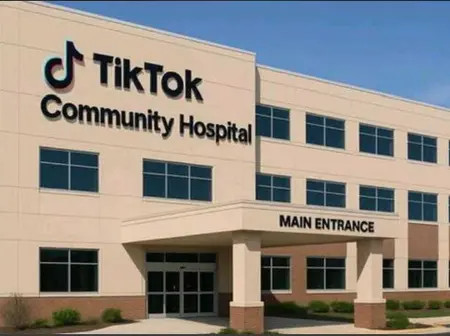President William Ruto’s administration has publicly thrown its weight behind a groundbreaking initiative by Kenyan TikTok content creators to construct an ultra-modern hospital that would offer free healthcare services to the public.
Dennis Itumbi, the Head of Presidential Special Projects and Creative Economy Coordination, lauded the plan as a “brilliant idea” that aligns perfectly with the government’s efforts to ensure affordable healthcare for all citizens.
Speaking at a TikTok content creators workshop at Glee Hotel in Kiambu County on Wednesday, October 1, Itumbi noted that the grassroots initiative was exactly the kind of collective effort the government encourages.
“That is a brilliant idea, Kenyans have created hospitals in this country through offerings, that is why we have faith-based hospitals,” Itumbi stated.
He revealed that the plan corresponds with President Ruto’s existing goal of having the Kenya Defence Forces (KDF) construct 70 new hospitals across the nation.
“If TikTokers can organise themselves and build another hospital, then it is brilliant. Such initiatives are welcomed, and that is a very brilliant idea,” he added.
The ambitious hospital project was inspired by the recent story of a 17-year-old content creator, known as Kaluma Boy. The youngster gained widespread attention after using his TikTok platform to document the daily struggles of caring for his father, who suffered a stroke, including covering expensive medical costs.
Moved by the young man’s humility and courage, hundreds of Kenyans organized a visit to his village in Othaya, Nyeri County, on a recent Sunday to offer support. It was following this deeply emotional incident that the Kenyan TikTok community solidified the idea of constructing a modern hospital dedicated to providing free medical services for special cases like Kaluma Boy’s father.
For many, this creator-led hospital aims to provide relief from the frustrations associated with the public healthcare system, which has long been plagued by challenges such as inadequate personnel and medicine shortages.

Leave a Reply